Introduction
In the realm of modern manufacturing, plastic products have undeniably carved a niche for themselves as versatile, cost-effective, and lightweight materials. From packaging to construction, healthcare to electronics, the ubiquitous presence of plastic has revolutionized the way we live and work. This article delves into the intricacies of plastic production, its diverse applications in various industries, and the mounting environmental concerns associated with their disposal and recycling.
The Fabric of Modern Life: Plastic Production and Types
Plastic is a synthetic or semi-synthetic material derived from petrochemicals through a process known as polymerization. It can be classified into several types based on their properties and composition, including polyethylene (PE), polypropylene (PP), polyvinyl chloride (PVC), polystyrene (PS), and polyurethane (PU). Each type serves unique purposes due to their distinct characteristics like durability, flexibility, transparency, and resistance to corrosion.
Diverse Applications Across Industries
1. Packaging Industry: Plastic packaging accounts for the largest share of plastic consumption, thanks to its lightweight design that reduces transportation costs and its barrier properties that extend product shelf life. From single-use bags and bottles to complex multi-layered packaging for perishable goods, plastic packaging ensures food safety, protects against damage during transit, and facilitates easy handling.
2. Construction Industry: In construction, plastic plays a crucial role in insulation, waterproofing, and reinforcement. For instance, polyethylene pipes are used for plumbing systems due to their durability and resistance to corrosion. Polystyrene foam is employed as insulation material in buildings, reducing energy consumption. Moreover, fiber-reinforced polymers (FRP) are utilized in the production of composite materials for structural applications.
3. Healthcare: In the healthcare sector, plastic is indispensable for devices like syringes, tubing, and containers for storing medications and fluids. Its biocompatibility and sterility properties make it an ideal choice for medical applications. Additionally, plastic is used in the manufacturing of prosthetics and implants due to its precise molding capabilities.
4. Electronics: The electronics industry relies heavily on plastic for components such as circuit boards, casings, and insulation materials. Its lightweight nature contributes to the portability and compactness of devices like smartphones and laptops. Furthermore, plastic's resistance to electrical conductivity makes it a safe material for enclosing electrical components.
Environmental Challenges: A Double-Edged Sword
Despite the numerous benefits, the widespread use of plastic has given rise to significant environmental concerns. The primary issue lies in the sheer volume of plastic waste generated annually, which is estimated to be around 300 million tons globally. This waste often ends up in landfills, waterways, and oceans, causing pollution that impacts wildlife and human health.
1. Microplastics: Tiny particles of plastic (less than 5 mm in size) are released from larger items through wear and tear or intentionally added in products like exfoliants and synthetic fibers. Microplastics are now found in remote corners of the world, including the Arctic ice, indicating their widespread presence in the environment.
2. Ocean Pollution: Plastic waste in oceans poses a grave threat to marine life. It gets ingested by fish and other marine creatures, causing blockages in their digestive systems or mimicking food sources, leading to population decline and species extinction. Additionally, it disrupts the natural ecosystem by altering the chemical composition of seawater and reducing oxygen levels.
3. Plastic Recycling: While recycling efforts are gaining momentum worldwide, the process remains challenging due to the complexity of separating different types of plastic waste and their low recycling rates (especially for single-use items). Incorrect disposal methods further hinder effective recycling and contribute to pollution.
Sustainable Solutions: A Call to Action
Facing these challenges necessitates a multi-faceted approach involving governments, industries, consumers, and international organizations:
Policy Initiatives: Governments should enforce strict regulations on plastic production, usage, and disposal. Implementing deposit-return systems for single-use plastics can incentivize recycling while reducing littering.
Industry Responsibility: Companies must adopt eco-friendly practices during production and adopt circular economy models that encourage product design for reuse and recycling. Biodegradable or compostable alternatives should be explored where feasible.
Consumer Awareness: Educating consumers about the impact of their choices is crucial. Encouraging minimalist consumption patterns, reducing single-use plastics, and properly disposing of waste can significantly mitigate the problem.
Innovative Technologies: Research into advanced recycling technologies that can effectively process mixed plastics and upcycle them into high-value products is vital. Biodegradable plastics that break down naturally over time offer promising solutions but require further development and cost-effectiveness.
Conclusion
Plastic products have undeniably transformed our world for the better; however,...

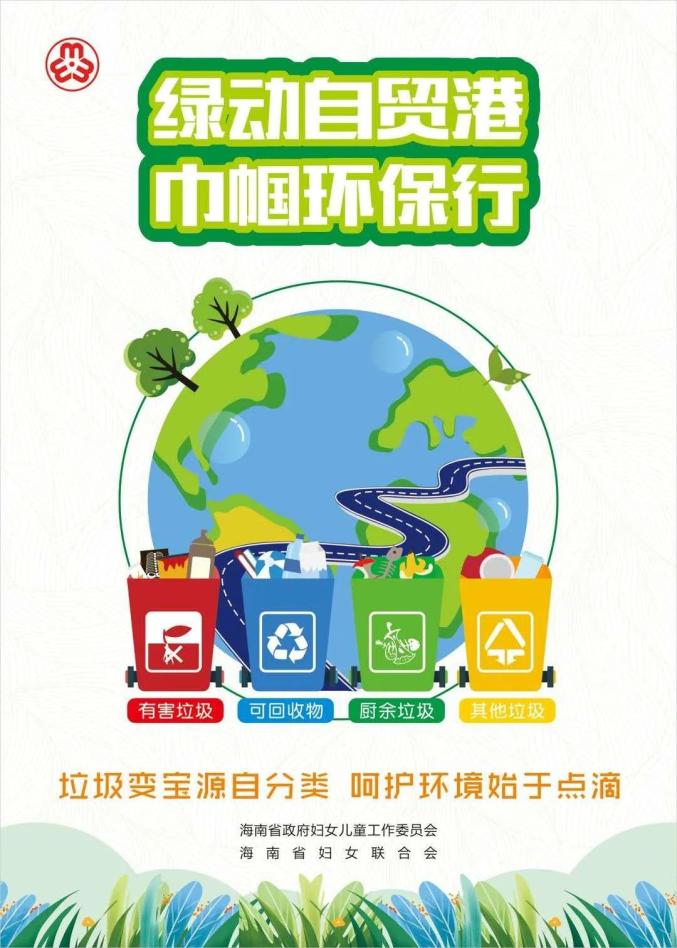
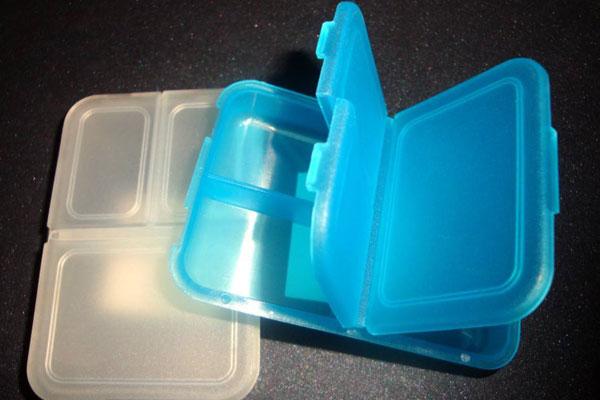
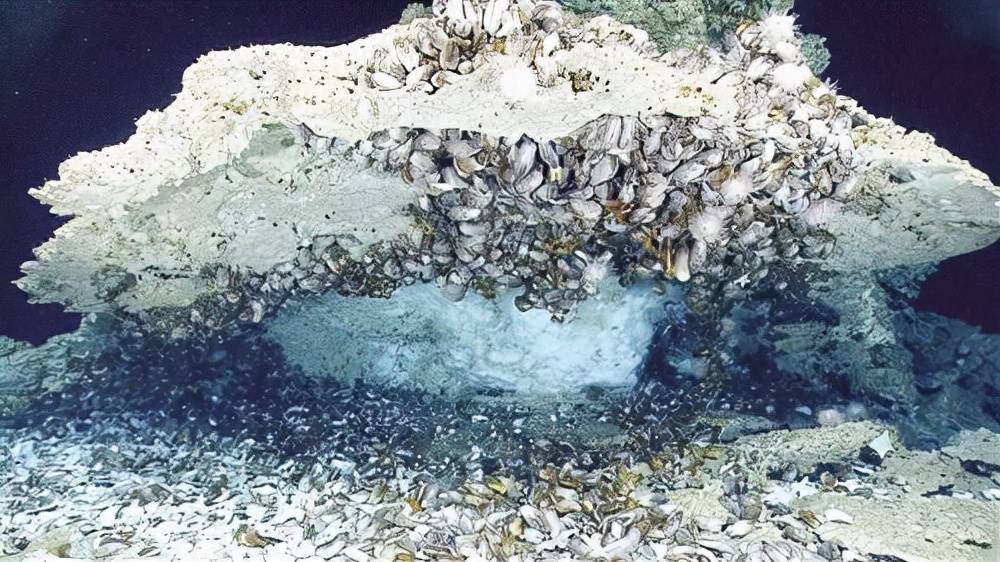


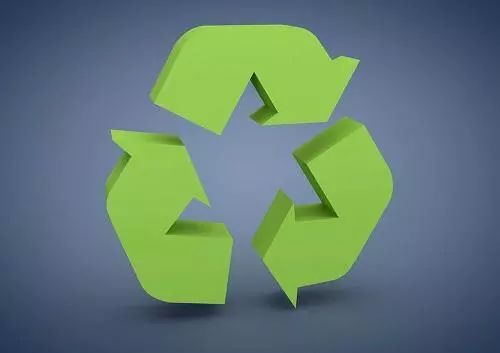
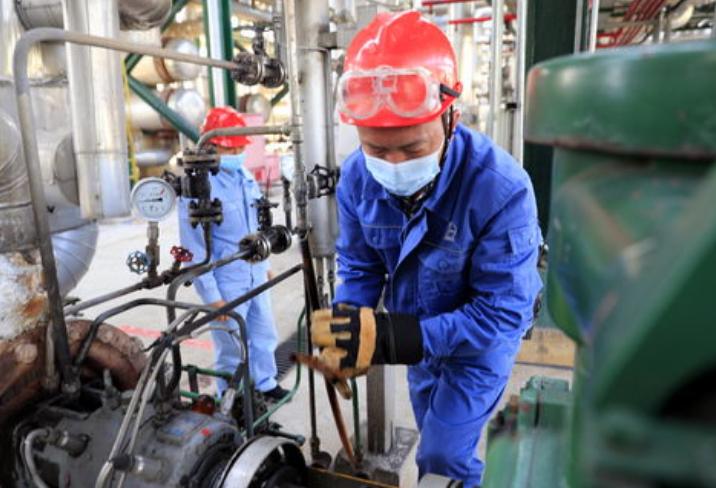
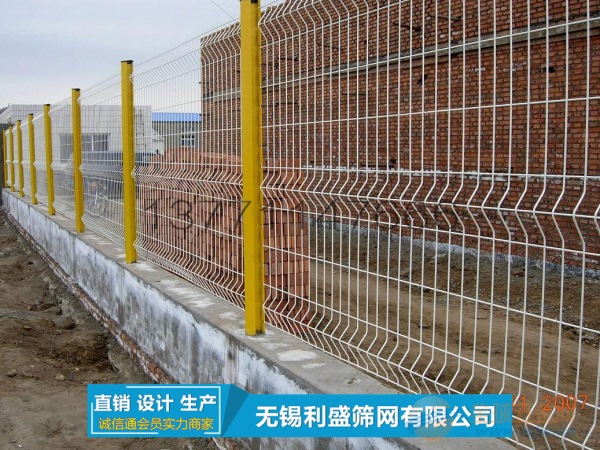

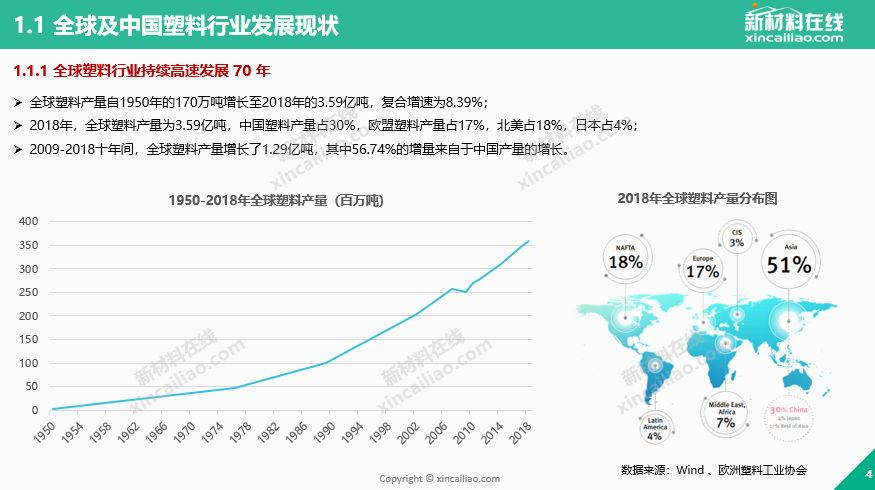
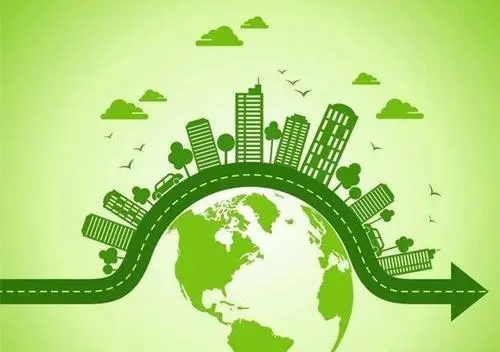
 京公网安备11000000000001号
京公网安备11000000000001号 冀ICP备15021549号-7
冀ICP备15021549号-7
还没有评论,来说两句吧...